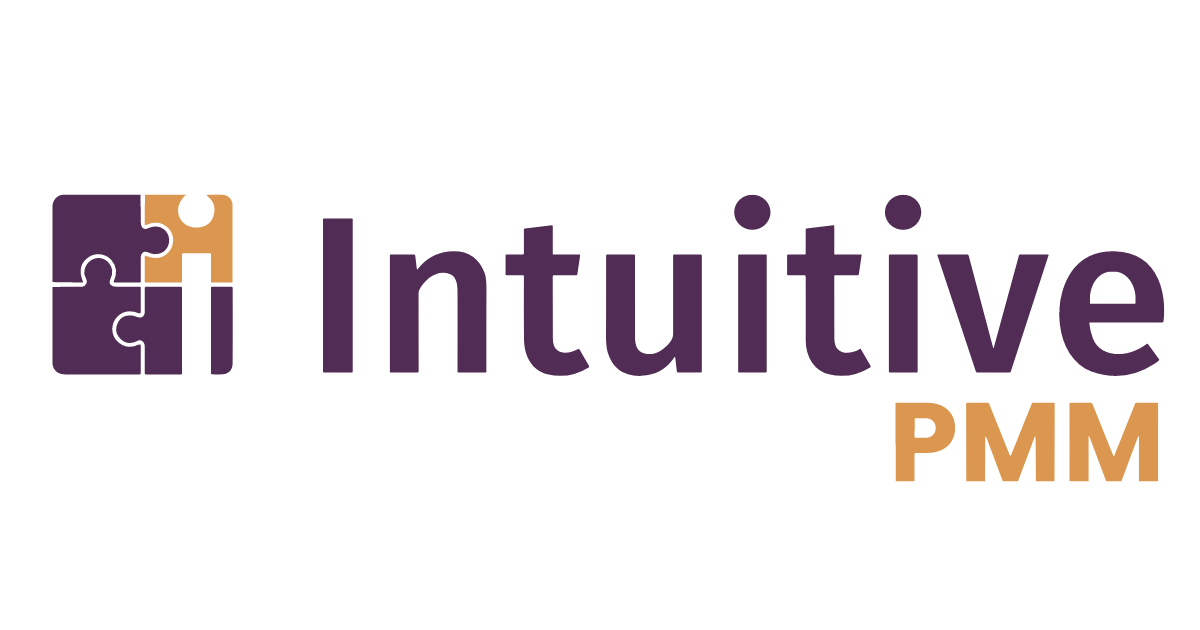Peaking When It Matters: What Track and Field Taught Me About Product Launches
What does track and field have to do with product marketing?
As a track and field athlete at the University of Colorado in Boulder, I learned early on the importance of training cycles, discipline, and the concept of “peaking when it matters.” My years as a collegiate athlete taught me how to plan, pace, and prioritize each stage of training to perform at my best during key events. Little did I know then that these lessons would carry over into my career as a product marketing consultant.
Training Cycles in Track – Building Up to the Big Race
In product marketing, launching a new product or feature is much like preparing for a championship race. Just as athletes go through structured training cycles to reach their peak, product teams follow a sequence of phases to ensure their launch hits the mark. Let’s dive into how these training cycles mirror the stages of a successful product launch and what we can learn from this approach to reach our own “championship moments” in the market.
Athletes don’t jump into high-performance mode immediately. Instead, they go through a series of training cycles designed to build strength, hone skills, and prevent burnout, allowing them to reach peak performance at the right time.
- Conditioning: This initial phase builds foundational endurance and strength – the groundwork that will support higher levels of performance down the line.
- Strength Building: As the season progresses, athletes shift their focus to building muscle and power, working on speed and efficiency.
- Technique Refinement: After establishing strength, athletes focus on perfecting form, practicing starts, turns, and pacing to refine skills.
- Rest and Recovery: Finally, athletes taper their training just before the big race, allowing their bodies to rest and fully recover so they can perform at peak levels.
Each of these cycles is essential. Without the gradual build-up, athletes risk burnout or injury. But when done right, this cyclical approach helps them perform at their best exactly when it matters most.
The Product Launch "Training Cycle" – Building Up to Product-Market Fit
In product marketing, a successful launch is the result of a carefully planned “training cycle” for both the product and the Go-to-Market (GTM) strategy. Each phase builds on the last, preparing not just the product but also the internal teams – from sales to support – to be fully aligned for launch day.
- Conditioning Phase – Market Research, Customer Insights, and GTM Planning: Like an athlete’s initial conditioning phase, product teams start by building a solid foundation. This includes comprehensive market research, understanding customer needs, and crafting a GTM strategy that sets clear objectives and defines roles across teams. Early GTM planning ensures that all departments, from sales to support, understand the product’s unique value and are ready to communicate it effectively.
- Strength and Technique – Pilot Programs, Early Access, and Internal Enablement: As the athlete transitions to strength-building, the product team begins pilot programs or early access phases. This stage allows them to refine features, gather user feedback, and validate the product’s value proposition. Simultaneously, this is when internal enablement ramps up. Sales, customer service, and support teams should begin receiving training and materials, like playbooks or FAQs, to ensure they understand the product’s benefits and how to handle customer inquiries.
- Rest and Recovery – Tapering, Final Adjustments, and Pre-Launch Readiness: Just as athletes taper before the big race, product teams focus on polishing the product and finalizing the GTM strategy. During this stage, teams fine-tune messaging, resolve any last-minute technical issues, and finalize support resources. All departments conduct final run-throughs to ensure alignment. Sales might practice pitches, customer service can review troubleshooting steps, and marketing confirms that launch materials are in place. This holistic readiness ensures the entire team is aligned and confident for launch.
Pacing each of these stages is critical. Rushing through them risks not only an unpolished product but also potential misalignment across departments. A synchronized cycle enables the product and the entire organization to peak together, maximizing impact at launch.
Peaking at Launch – The Championship Moment
In track and field, all training cycles converge on race day. The athlete’s physical conditioning, strength, and refined technique come together for their peak performance. This moment – the championship – is what they’ve worked toward all season.
In product marketing, the product launch is our championship moment. After months of preparation, market insights, feature refinements, and user feedback, everything aligns. This is the moment the product reaches “product-market fit,” where it’s most ready to meet customer needs and demands. This is the product’s peak – when it’s fit for the market, optimized to perform, and positioned to make an impact. At this point, all the groundwork pays off, setting the stage for a launch that captures attention, drives engagement, and secures customer buy-in.
Lessons Learned from Track for Product Teams
Reflecting on my track experience, here are some key lessons that can help product teams maximize their own “peak” potential:
- Timing and Cycles Matter: Just as athletes follow a structured training cycle, product teams benefit from a well-planned launch cycle. The right timing and preparation are essential for reaching peak performance at launch.
- Plan for Peak Performance: Just like athletes focus their energy for the championship race, product teams should align resources and energy toward the launch date. Ensuring that everything – from features to messaging – is ready to peak at launch maximizes impact.
- Stay Agile and Adaptable: In track, unexpected hurdles may arise, requiring quick adjustments. Product teams, too, should remain agile, ready to adjust timelines or features to align with market shifts or customer feedback.
Conclusion
Whether on the track or in the market, “peaking when it matters” is a concept that applies to athletes and product teams alike. By embracing training cycles, focusing on the end goal, and preparing each stage with intention, teams can deliver a launch that maximizes the product’s potential and impact.
Are you preparing your product launch to “peak when it matters”? If you’d like guidance on building a strategy that aligns your product’s launch cycle with your goals, I’d be happy to connect. Reach out for our “Peak When It Matters” Product Launch checklist, or let’s chat about strategies to ensure your product reaches its own championship moment in the market.
Peak When It Matters: The Product Launch Checklist
Launching a product isn’t just about hitting deadlines—it’s about aligning your team, strategy, and messaging to peak at the perfect moment. At Intuitive PMM, we understand the challenges of navigating each phase of a product launch and the importance of building momentum to ensure success when it matters most.
That’s why we’ve created the "Peak When It Matters" Product Launch Checklist—a step-by-step guide to help you prepare for each phase of your launch, from initial market research to final readiness. This checklist will ensure you’re not only ready for launch day but also positioned to make a lasting impact in your market.
Conditioning Phase – Market Research, Customer Insights, and GTM Planning
- Conduct comprehensive market research and define customer personas.
- Gather insights into customer pain points, needs, and potential objections.
- Draft initial Go-to-Market (GTM) strategy, setting clear launch goals and objectives.
- Identify key messaging pillars and align them with customer needs.
- Ensure cross-functional alignment on product positioning and messaging.
- Create an initial roadmap for sales, marketing, and support teams.
Strength and Technique – Pilot Programs, Early Access, and Internal Enablement
- Launch pilot programs or an early access phase to gather real-world feedback.
- Conduct internal training sessions for sales, support, and customer service teams.
- Develop and distribute playbooks, FAQs, and other enablement resources.
- Collect and analyze user feedback to refine features and strengthen the product.
- Run practice pitches with the sales team to build confidence in messaging.
- Begin developing customer-facing content and resources (e.g., product demos, case studies).
Rest and Recovery – Tapering, Final Adjustments, and Pre-Launch Readiness
- Finalize product adjustments and resolve outstanding technical issues.
- Run pre-launch check-ins with each team to ensure full readiness.
- Test all marketing and launch materials for consistency and alignment.
- Conduct a final round of training for customer service and support teams.
- Confirm that GTM resources are in place, from pitch decks to customer support scripts.
- Review launch day plans, including contingency strategies if needed.
Each phase in the training cycle builds the foundation for a launch that will peak when it matters. Following this checklist ensures your product is not only market-ready but that your entire team is prepared to deliver an impactful, successful launch.


